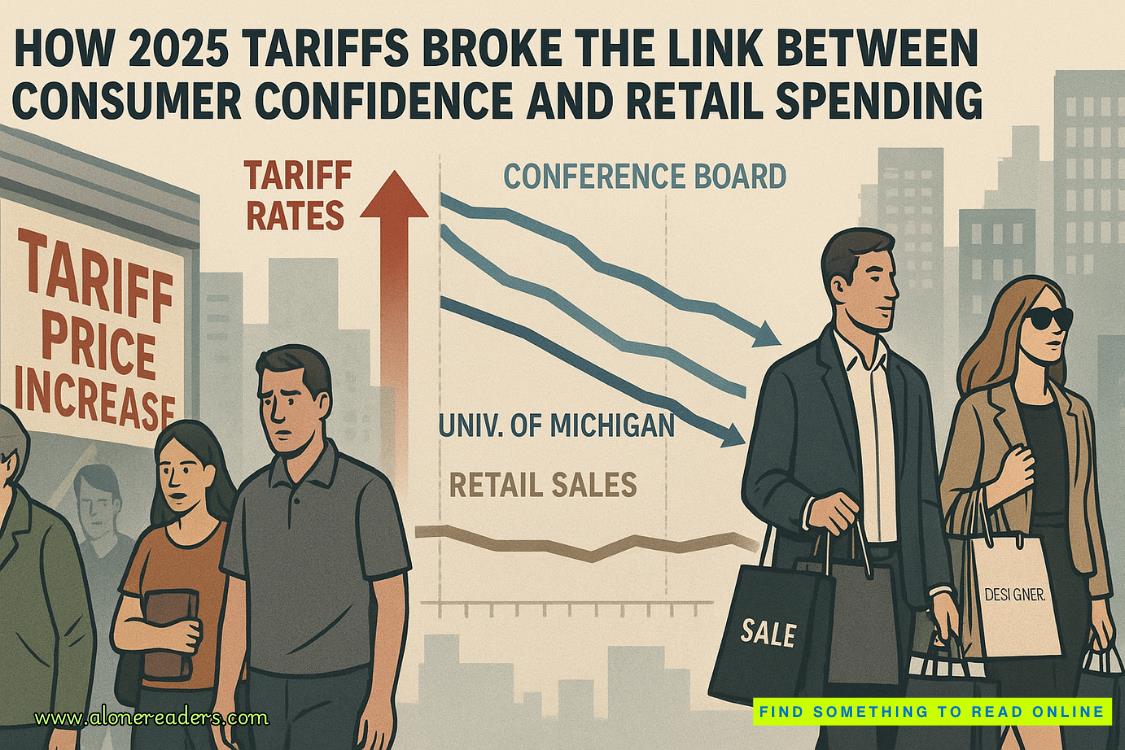Page 92 of Borrowed Pain
I slipped the tracker onto my wrist. "Thank you."
"Don't thank me. Just come home."
Charlie intercepted me at the front door, pressing his golden bulk against my legs. Dogs had better instincts than humans about impending danger, and Charlie's reluctance to let me leave resonated like a prophecy I shouldn't ignore.
"I'll be back," I told him, scratching behind his ears. "Keep an eye on everyone, okay?"
The guest room door remained closed while I gathered my jacket and keys. Rowan needed the rest more than another goodbye that might become an argument.
Two days until Halloween. The late October air bit through my jacket as I walked to my car, carrying the scent of rain and dead leaves. My hybrid started with its usual whispered efficiency. The dashboard clock read 1:23 PM, giving me enough time to reach Harborview without rushing.
Traffic thickened as I approached the medical district, a maze of hospitals and research facilities. Somewhere in that sprawl of glass and concrete, Dr. Celeste Harrow waited to show me either the future of trauma therapy or the sophisticated trap that had destroyed Iris Delacroix.
Harborview's Clinical Research Wing rose from the medical campus like a monument to institutional credibility. Glass and steel, yes, but tempered with warm brick accents and thoughtfully placed greenery that whispered healing instead of screaming corporate.
The lobby hummed with legitimate energy. Researchers in lab coats clutched tablets, discussing protocols in clinical shorthand. ID badges hung from retractable cords, granting access to restricted floors.
"Dr. McCabe?" The receptionist flashed a warm smile. "Dr. Harrow is expecting you. I'll need to see your ID to issue you a visitor's badge."
I handed over my license, watching her cross-reference my name against a computer screen. Everything above board and trackable.
"Room 314, Clinical Research Wing C. Elevators are through that corridor." She clipped a badge to my jacket lapel. "Dr. Harrow asked me to let you know she's running about ten minutes behind schedule."
The elevator carried me past floors marked with reassuring institutional signage:Pediatric Oncology Research,Cardiovascular Studies,Neural Imaging Center. Room 314 sat at the end of a corridor lined with conference rooms, their glass walls revealing the mundane theater of academic medicine. Grant applications fanned across tables, while researchers pointed at whiteboards covered in statistical analyses.
I knocked twice on the door marked with Harrow's nameplate.
"Come in."
Dr. Celeste Harrow in person echoed her faculty photo—silver-blonde hair in a precise bob and intelligent blue eyes. She rose from behind a conference table covered with printed research papers, extending her hand with a confident grip.
"Dr. McCabe. Thank you for coming. I know this must feel unusual, reaching out during such a difficult time."
The conference room was aggressively normal. Institutional furniture and a whiteboard covered with flowcharts that looked like standard research protocols. Broad windows offered a flattering view of the medical campus.
"Dr. Harrow." I settled into the chair she indicated. "Your research materials are... provocative."
She laughed. "That's the polite academic way of saying too good to be true, right?" She gestured toward a stack of bound documents. "I've brought additional data. Peer-reviewed publications, outcome studies, and neuroimaging results that shocked me when I first saw them."
I flipped through the materials. "The neuroplasticity data. How are you achieving this level of remodeling?"
"That's exactly what I hoped you'd ask. Traditional exposure therapy assumes that repeated confrontation with traumatic memories will eventually reduce their emotional charge. But what if that assumption is fundamentally flawed?"
She pulled out a tablet, swiping to a slide presentation. "What if asking survivors to repeatedly revisit trauma without providing neural mechanisms for reintegration actually strengthens pathological fear responses?"
Her theory aligned with emerging neuroscience research I followed—the possibility that traditional approaches might inadvertently reinforce the patterns we hope to disrupt.
"You're suggesting we've been causing harm instead of facilitating progress."
"I'm suggesting we've been fighting the brain's natural healing mechanisms. What if we could help trauma survivors achieve lasting recovery in weeks rather than years?"
My pulse quickened. If her protocols could actually deliver on that promise, every day I delayed implementing them meant more clients suffering unnecessarily.
"The targeted synaptic reintegration," I said, reading from her methodology section. "How exactly does that work in practice?"
"I'd love to show you." Harrow stood, moving toward a door behind the conference table. "We have a demonstration room equipped with the assessment technology. Nothing invasive—baseline measurements to show you how we establish emotional regulation patterns before treatment."
The secondary room appeared benign—comfortable seating and monitoring equipment that resembled what I'd seen in sleep studies.















